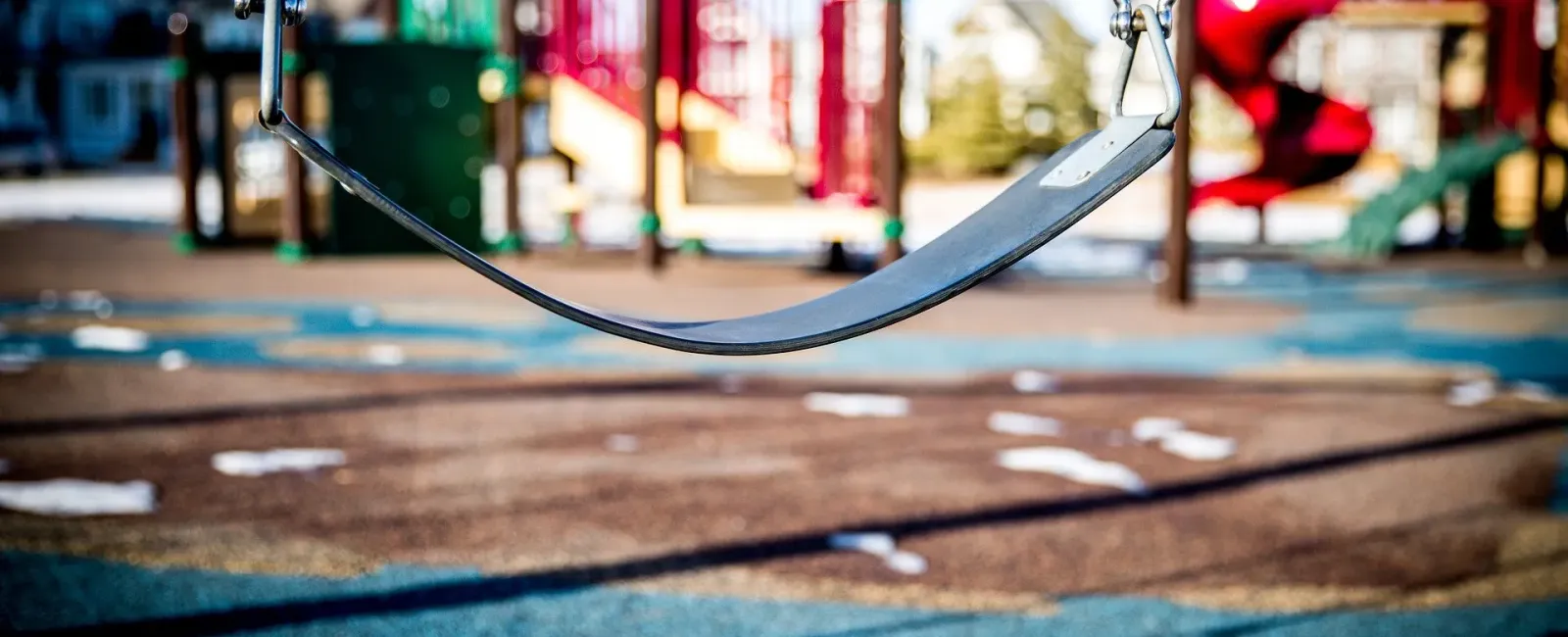The Differences Between Commercial Play Equipment and Residential Play Equipment
When you start researching play equipment as you plan your playground project for your school, park, neighborhood, or church, you'll quickly realize that there's quite a stark difference between commercial and residential playground equipment…especially as it relates to price. You may wonder why residential playground equipment is so much more affordable than commercial playground equipment. Below, we'll talk about some of the most notable differences between the two types of equipment, which will hopefully provide a sound explanation for the significant price difference.
Let's get into it!
Materials
First, there's typically a difference in the quality of materials between residential play equipment and commercial play equipment. Residential equipment is usually intended for kids in a single household and occasionally used by neighborhood kids and other friends. In other words, a few children will play on it for a few years; after that, they'll simply outgrow it. Therefore, the materials used to make residential play equipment may only be intended to last for a few years.
For example, residential play equipment may contain thin-molded plastic and contain thin-walled poles and posts. In contrast, commercial play equipment contains thick-molded plastic and thick-walled posts and poles that are made out of HDPE recycled plastic or metal. This is because commercial play equipment is designed to handle constant play by many children over many years. Therefore, the materials used are stronger and built to last longer than just a few years.
Additionally, the materials used to secure the play equipment to the surface are typically different. Commercial play equipment is typically buried into the ground and secured with concrete or surface-mounted with some type of plate. Residential play equipment does not have the same anchoring requirements and sometimes just sits on top of the ground without any anchoring.
Warranties
Another major difference between commercial and residential play equipment relates to warranties. As previously discussed, residential equipment is only intended to be used intermittently by kids of one household along with some friends or neighbors. This is why it's typically only covered by a short limited warranty of one year or at most a couple of years from the date of purchase. Thus, if a defect is discovered several years after the purchase date, it may be not be covered by the warranty.
In contrast, commercial play equipment typically comes with a much longer warranty. For example, our EcoPlay lumber comes with a 50-year warranty and we include a 10-year warranty on all of the metal components that we manufacture. Because we honor all of our warranty commitments and we always intend to manufacture and install safe play equipment, we want as few of them as possible. This means that companies like us invest a lot of time and resources into making sure that our products are durable and will stand the test of time.
Safety Standards
Finally, a major difference between residental play equipment and commercial play equipment relates to safety. While all playground equipment is supposed to be safe, the folks who manufacture commercial play equipment have a much larger potential group of children than folks who are setting up your average backyard swingset. Commercial play equipment manufacturers have to accomodate for potentially hundreds or even thousands of kids playing on their play equipment each year.
That's why we have rigorous safety specifications for commercial playground equipment, which are followed to avoid hazards like crush and shearing points and head entrapment. Anyone who wants to build a public playground with commercial playground equipment, should comply with the ASTM playground guidelines; more specifically, the F1487-21 ASTM playground standards. These guidelines include accessibility considerations, age separation considerations, surfacing considerations, and tripping hazards. For more information on the ASTM playground standards, please visit the American National Standards Institute website or the Public Playground Safety Handbook.
There are also performance specifications that dictate performance and safety standards for public playgrounds. They are supposed to help limit falls and other injuries by prescribing the installation of barriers, guardrails, handrails, stepladders, and ramps.
Why Should You Care?
So, now that you understand the differences between the types of play equipment, why should you care? It's pretty simple - safety and liability. We're not claiming that residential play equipment is unsafe - in fact, it may be perfectly safe for several years in someone's backyard. However, it is not subject to the rigorous safety requirements like commercial play equipment. If you're planning a playground for many kids, commercial play equipment is likely going to be safer.
Next is liability. If a child unfortunately gets seriously injured on a community playground, it's possible that a lawsuit will be filed - we've become a farily litigious society for better or worse. If that community playground had residential play equipment, the attorney is going to ask why residential play equipment was used instead of commercial play equipment, which is supposed to follow strict safety guidelines. It's not a slam dunk argument by any means, but you've got a much better defense to a negligence claim if you can say that your equipment was commercial play equipment that met industry guidelines.

